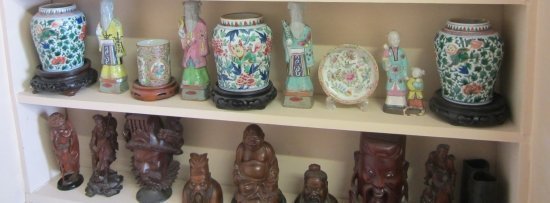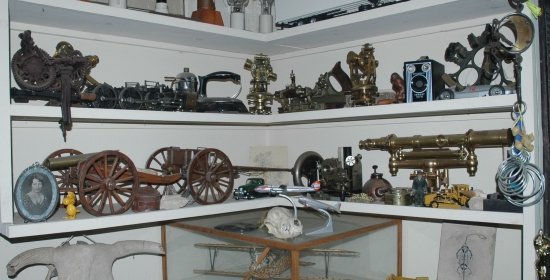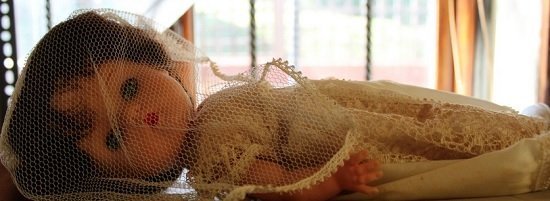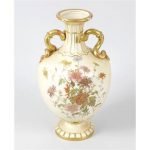Thanks to an upsurge in scholarship over the past few decades devoted to the career and significance of Augustus Welby Northmore Pugin (1812-52), recognition of his seminal role in the development of nineteenth-century architecture and applied art is now assured.
For Pugin the revival of Gothic architecture and decorative art was only a consequence-if a key one-of his single-minded crusade to bring about a comprehensive revivification of the physical, liturgical and devotional life of the medieval English church. The underpinning of this ideal, although with romantic and aesthetic dimensions, was essentially theological, arising from Pugin’s deep and passionate conviction of the truth of the Catholic Church and his conclusion that ‘the excellence of art was only to be found in Catholicism … in its own venerable garb …’ And this was so crucial because: ‘If men could only be led to view Catholic truth, not as she appears at the present time, not as she is distorted by popular prejudice, but in her ancient solemn garb, what immense results might we not expect!’1
At the core of Pugin’s belief about Catholicism and the efficacy, indeed absolute essentiality, of re-establishing the plenitude of its medieval nexus with architecture, art and liturgical practice, was the divine attribute of truth: ‘I am the Way; I am Truth and Life.’ For Pugin, these Gothic forms were above all else sacramental; they were channels of grace. He believed that the ‘revival or decline of true Ecclesiastical architecture is commensurate with that of the true faith. It is for these reasons that we labour for its restoration and not as a mere abstract question of art.’2 Outside this framework Pugin is not fully comprehensible, yet there were precious few in his own time who would walk the full length of his path with him.
Robert William Willson (1794-1866) was such a person. He was one of Pugin’s closest clerical friends and perhaps the only one who both fully subscribed to Pugin’s vision and intended to make it happen, initially in Nottingham and then, as first Roman Catholic Bishop of Hobart Town, across the length and breadth of Van Diemen’s Land (later Tasmania). Writing in 1859 to a clerical colleague in Melbourne, he recalled Pugin’s reaction, probably during an overnight visit to Nottingham on 3 September 1842, to news of the confirmation of his episcopal appointment: ‘Poor Pugin … rubbed his hands, and smiling, said with great energy: “only think, the right thing will find its way at the antipodes”!’3
In May 1844 Willson arrived in Hobart Town accompanied by an impressive cargo of metalwork, textiles, stained glass, furniture, exemplar stonework of all kinds-even models for three churches-all designed by Pugin at no cost. An embroidered red silk chasuble, one of forty complete vestment sets brought out, is a typical product of Mrs Lucy Powell’s Birmingham workshop. The raw brilliance of the colours in the embroidery mirrors the palette employed by Pugin in his contemporary stained-glass windows, painted woodwork, ceramic and enamel work. He believed that ‘perhaps the best material for chasubles is plain velvet, on which the embroidery of the orphreys tells with surprising effect and richness; but when cloth of gold or figured silks are used, the pattern should be small, as the plain surfaces between the orphreys are necessarily small, and a large pattern cut up has a confused and disjointed appearance.’4
Willson brought out 1,000 cheap works of piety and instruction, all with illustrations by Pugin, for the predominantly convict population of his diocese. The frontispiece of the Poor Man’s Manual, showing a pious pilgrim pausing for prayer in a quintessential Pugin church, is an eloquent expression of the vision of an antipodean Gothic paradise for which both men were striving.
Pugin believed that ‘… the smallest detail should have a meaning or serve a purpose’.5 A parcel-gilt silver pyx admirably illustrates this. The characteristic linear formalised design of the foliate engraving, with its exquisite balance of line and tone, not only lends credence to those who regard Pugin as the all-time English master of flat decoration. Its integration of wheat [bread] and vine [wine] with the living cross is a perfect and comprehensive summary of Catholic eucharistic theology, befitting the purpose of the pyx which is for carrying the sacrament to the sick.
A charming little monstrance purchased by Willson in 1854 is smaller than any by Pugin found in his English churches. But what it loses in size it more than makes up for in its taut, elegant proportions and its astringent detail. It is perhaps the most satisfying surviving piece of Pugin metalwork in Tasmania. The central compartment, in the form of a concave-sided octagon, points to Pugin’s encyclopaedic knowledge of medieval forms and his ability to weave them creatively into his own designs. He had first noted this shape in 1833 as a fourteenth-century tomb recess in Bristol Cathedral.
Another 1854 purchase by Willson, a Marian chasuble, shows how fully John Hardman Powell, Pugin’s only pupil, had assimilated his master’s idiom. The elegant decorative repertoire includes elements known to have been designed by Pugin in the 1840s alongside others by Powell. In 1852 Powell had succeeded as chief designer for Hardmans, the Birmingham firm that made Pugin’s metalwork and stained glass, as well as for his mother Lucy Powell’s vestment establishment. Over time his designs evolved towards a thinner and stiffer manner readily distinguishable from the supple rounded forms of his former mentor.
Willson’s sympathy with the views of Pugin on the seamless identification of medieval Catholicism with the contemporary needs of the church found its expression in a number of items. In 1847 he acquired a fourteenth-century Sienese chalice, supplied gratis by Pugin and provided with a new bowl by Hardmans. It is a good illustration of Pugin’s approach to medieval artefacts. Such objects were not simply relics to be revered and maintained unaltered-as Ruskin, Morris and their followers would later insist, in an aesthetic stance that verged on what one might term ‘antiqueolatry’-but powerful components that could be pressed into service in the resuscitation of medieval social life and faith.
Other Australian Catholic bishops turned to Pugin for church designs and furnishings, but never with the passion of Willson. Typical of the products they obtained is the exquisite hood of an 1848 red cope that belonged to Bishop Charles Henry Davis OSB (1815-54), coadjutor to Archbishop Polding of Sydney, himself a patron of Pugin. The heraldic colouring and linear geometric design are characteristic, as is the execution of the embroidery by the simple technique of satin stitch over waxed card formers. By this latter means, Pugin both minimised costs and ensured that the precision of his design was not compromised by semi-skilled workers.
Footnotes
1 A. Welby Pugin, Contrasts, Charles Dolman, London, 2nd ed., 1841, p. 15.
2 A. Welby Pugin, ‘Catholic Church Architecture’, Tablet, vol. IX, no. 435, 2 September 1848, p. 563.
3 Willson to Fitzpatrick, Shrove Tuesday [1859], Melbourne Diocesan Historical Commission, Catholic Archdiocese of Melbourne.
4 A. Welby Pugin, Glossary of Ecclesiastical Ornament and Costume, Henry G. Bohn, London, 2nd ed., 1846, p. 65.
5 A. Welby Pugin, The True Principles of Pointed or Christian Architecture, John Weale, London, 1841, p. 1.





